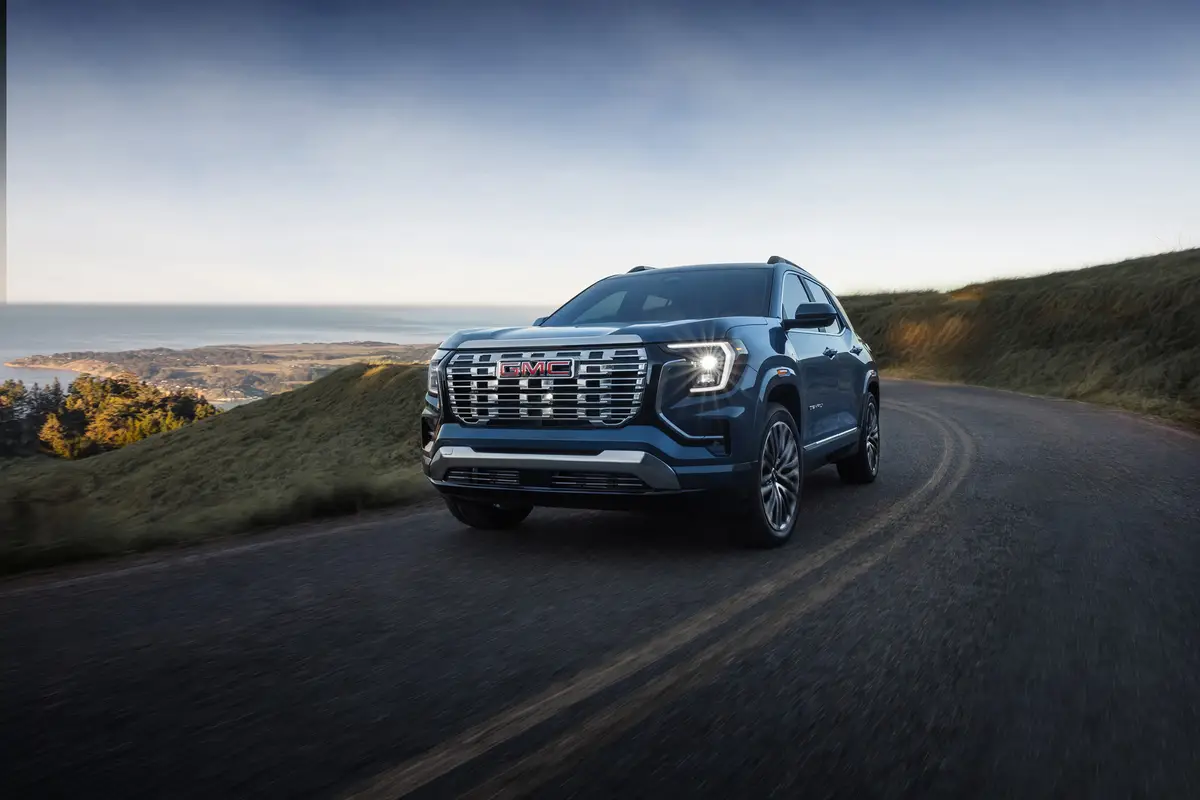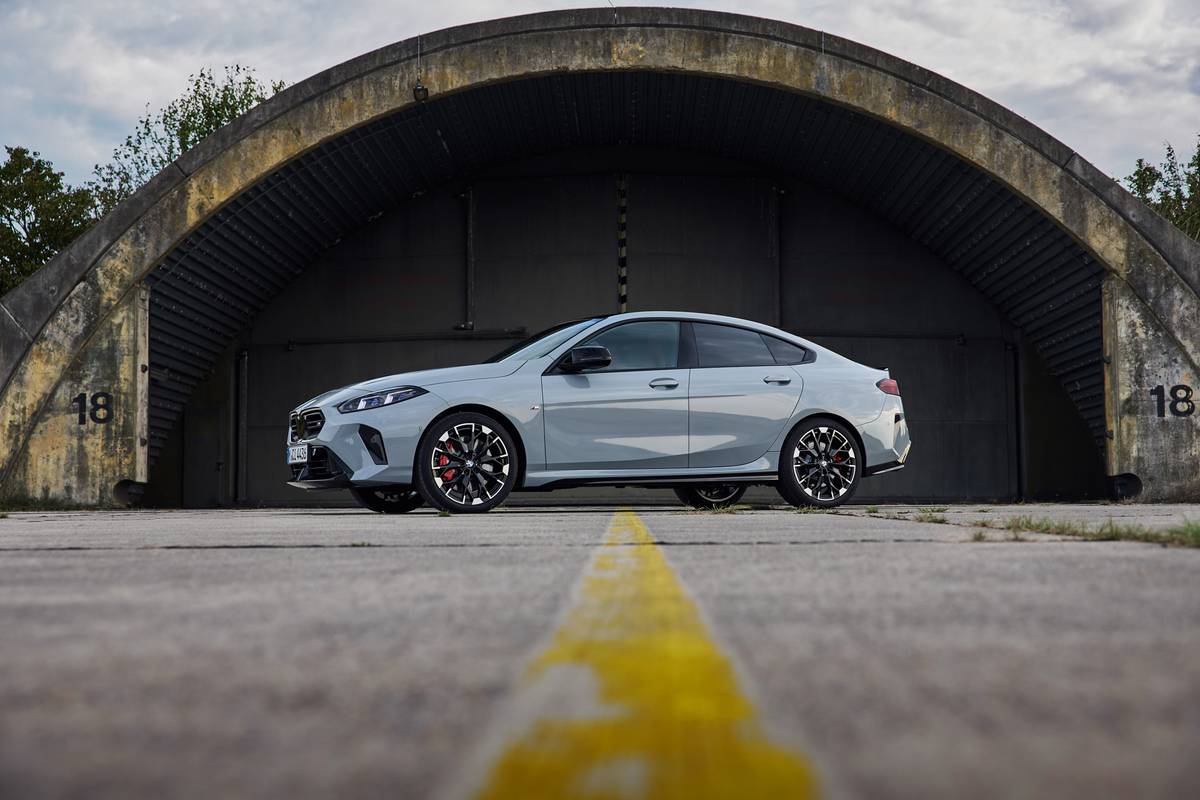The Morning Call and Mcall.com's view
Joining that highly competitive and growing economy/performance market is a reworked version of the Ford Tempo – the Sport GL – that once again proves that the American automaker really has the handle on building dual-purpose cars. Although the Sport GL may bear a resemblance to other Tempos, it certainly doesn’t act like one. But, that’s the whole purpose of this type of car.
The Ford Tempo – and its Mercury counterpart, the Topaz – was introduced in May of 1983 as an ’84 model. This compact, front-wheel drive, aerodynamic car was somewhat futuristic-looking when it first came out and even today is still has sort of a spaced-out look compared to most other compacts. The styling is from the same school as the Thunderbird and Continental Mark VII, but perhaps not quite as defined.
It is the type of styling that most people either like or don’t like. However, there are plenty of people who like it – or, at least, accept it – since sales of the car have been quite good. For example, in the eight months of sale in 1983, the Tempo and Topaz had increased sales of 25 percent over their predecessors. And, in 1984 the cars pushed their sales tally up another 45 percent from the 1983 level. During this time the industry-wide car market was growing, but not at these rates. So far this year the cars are holding their own in what is generally considered a ”plateau” in the auto market. But these cars did accomplish their primary objective, which was to increase Ford’s share of both the total market and the highly-competitive compact segment.
The Sport GL, of course, was designed to help that share of the marketplace just a little more. Like many of the American economy/performance cars the Sport GL has an understated look. It is the type of car you have to really look over to find out what is distinguishing about it. This is mostly due to the color of the car, called by Ford medium regatta blue metallic, and its black-out trim. This color, and variations of it by other manufacturers, is rather new. It is the type of color you would expect to see on an unmarked police car or a military vehicle. Very no-nonsense. But the giveaway to what this car is all about is the tires and wheels – blackwall Michelin P175/70R14s mounted on styled wheels.
As far as basics go, the test car Sport GL (like other two-door Tempos) had a wheelbase of 99.9 inches; overall length, 176.2 inches; width, 68.3 inches; height, 52.7 inches, and curb weight, 2,381 pounds. (The Sport GL package is also available on four-door models.) The EPA passenger index volume is 90 cubic feet while the trunk is rated at 13 cubic feet. Together the figures add up to 103 which puts the car on the smaller side of the compact classification scale (compacts are rated at 100 to 110 cubic feet).
The Sport GL has special performance seats which feature high side bolsters and a little firmer packing. The seats are quite comfortable. Also, the two front buckets should accommodate a wide variety in sizes of drivers and passengers. Even back seat room isn’t all that bad. But, it is a compact and not a subcompact. Sport instrumentation (including gauges and tachometer) is also included in the package. All-in-all, the interior does give the impression of a higher-priced sports coupe.
Powering the Sport GL is Ford’s new high-specific-output (HSO) engine, a modified version of the 2300 High Swirl Combustion (HSC) engine. This four- cylinder engine features electronic fuel injection and measures 140 cubic inches (2.3 liter or 2,300 cc). The most distinguishing feature of this engine is the wedge-shaped combustion chamber that works with a specially designed induction system to increase the swirling motion of the incoming air-fuel mixture which theoretically produces more power from a given amount of fuel when compared to conventional combustion chamber designs. Or at least th t’s what Ford claims.
The HSO engine (which is on ly available in the Sport GL) incorporates a new cylinder head, freer-breathing intake manifold along with a new 3.73 final drive to increase performance. (Other Tempos have a 3.23 final drive.) With these modifications, the HSO engine is rated at 100 horsepower at 4,600 rpm and 125 foot pounds torque at 3,200 rpm. (The standard 2300 produces 86 horsepower at 4,000 rpm and 124 foot pounds torque at 2,800 rpm.) Not surprisingly, performance of the Sport GL is quite good, especially in acceleration. Putting the pedal to the metal definitely chirps those front tires and moves the car from 0-60 in a bit over 10 seconds.
One of the big, big improvements on the five-speed manual transmission this year is the revised reverse gear position. Looking over past articles, I’ve found that this is a complaint I had with the previous Ford small engine five-speed which had reverse, first, third and fifth across the top and second and fourth on the bottom. The old version was awkward and while there wasn’t really much danger of throwing it in reverse while looking for first, you could do some grinding. Also, with so many gears across the top of the shift pattern, there was a fine line between first, third and fifth and you had to be very careful not to misjudge a gear. The new pattern is simple to use and as foolproof as the best of the other five speeds. So as not to build up the suspense too much further, the position of reverse is now below fifth, which gives it three up and three down.
With conservative driving, the Sport GL will produce very good fuel mileage. But, this is the big selling point of an economy/performance car. The test car averaged 22 miles per gallon for city driving and 32 mpg over the highway. Not bad at all.
To handle the additional performance, Ford wisely revised the suspension. All Tempos feature four-wheel independent suspension – MacPherson struts with dual-path strut coil springs up front and parallel four-bar with MacPherson struts in the rear – and rack and pinion steering. The Sport GL has the same thing, only more of it. The suspension is stiffer, the steering a little tighter and the response a little quicker.
A final note before getting into the price. The Tempo features five mph bumpers even though two-and-a-half mph bumpers are required. This should reduce insurance rates on this car.
Base price for the Tempo is $7,160. The test car had a final price of $9,607. This included the sport package at $900 – HSO engine, revised suspension, wheels and tires, AM-FM stereo with cassette, sport instrumentation, sport seats and a couple of other touches – which is quite a bargain; air conditioning, $743; tilt steering, $110; speed control, $176; rear window defogger, $140, and a destination and delivery charge of $398. This price is certainly competitive with other economy/performance cars.
Latest news



